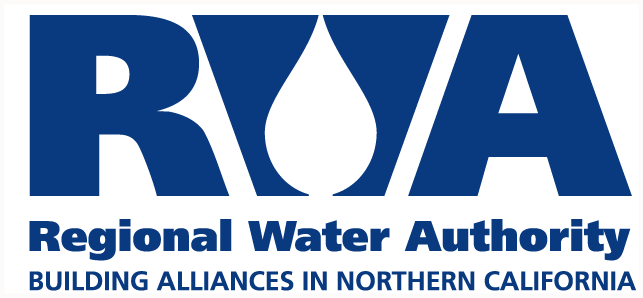Overview
The U.S. Centers for Disease Control and Prevention (CDC) and California State Water Resources Control Board (State Water Board) have issued guidance for reopening facilities closed for a prolonged period of time during the coronavirus emergency to help ensure the safety of building water systems and devices.
According to the CDC[1], stagnant or standing water in buildings after a prolonged shutdown can cause conditions that increase the risk for growth and spread of Legionella and other biofilm-associated bacteria. Stagnant water can also lead to low or undetectable levels of disinfectant, such as chlorine, which can result in the growth of harmful pathogens and microorganisms.
The guidance applies to buildings and facilities that have been unoccupied during the stay-at-home order and are preparing to reopen, including but not limited to hotels, healthcare facilities, schools, colleges, childcare facilities, office buildings, public buildings, business parks, as well as buildings with hot tubs, water fountains and cooling towers.
CDC and State Water Board Recommendations
The CDC recommends that facility owners and managers create a comprehensive water management program and offers specific guidance for hotels and public hot tubs/spas, as well as recommendations for flushing water systems and maintaining water heaters, decorative water fountains, cooling towers and safety equipment such as fire sprinkler systems.
The State Water Board notes that “at a minimum, the water customer should thoroughly flush stagnant water lines prior to restoring full operation.”[2] Flushing involves opening taps and letting hot and cold water run through all points of use (such as faucets and showerheads) for a sufficient amount of time. The goal is to replace stagnant water standing in interior pipes and/or outlets with fresh water.
Here are a few flushing tips following CDC and industry guidelines:
- Flush the entire water system to replace all water. Flush hot and cold water through all points of use (e.g. sink faucets and hose bibs) for a sufficient amount of time, including all water-using appliances like ice machines and dishwashers. Flush until the hot water reaches its maximum temperature.
- Depending on the facility’s size, flushing may need to occur in segments (e.g. per floor or individual rooms).
- Remove all aerator screens before flushing.
- During flushing, operate all valves in the fully open position so that any particulate matter can be flushed through.
- Adjust valves back to normal operating positions to ensure that the system is rebalanced.
- Return hot water systems to normal operating temperatures.
Important Notes
Best practices for flushing may vary for each type of establishment and are the responsibility of the facility owner, operator or manager. Consult federal and state guidelines (links below) for more information, or if in doubt contact a licensed plumber. For questions about water supplied to the facility, please contact your local water provider.
Resources and More Information
U.S. Centers for Disease Control and Prevention (CDC)
CDC guidance includes a toolkit designed to help people understand which buildings and devices need a Legionella water management program to reduce the risk of Legionnaires’ disease, as well as “8 Steps to take before your business or building reopens,” including flushing water lines, to ensure the water system is safe to use. You can find it here.
U.S. Environmental Protection Agency
The U.S. Environmental Protection Agency (EPA) distributed “Information on Maintaining or Restoring Water Quality in Buildings with Low or No Use” to assist building owners and managers in addressing water stagnation following extended closures due to the COVID-19 response.
State Water Resources Control Board
The State Water Resources Control Board has posted information about reactivating buildings that closed or reduce water use during the COVID-19 crisis that can be found here under the “Communities” tab.
The City of Sacramento Department of Utilities has posted a brief video about the subject to their Facebook page. You can find it here.
The Sacramento County Environmental Management Department issued a notice to businesses within the county which can be found here.
[1] https://www.cdc.gov/coronavirus/2019-ncov/php/building-water-system.html
[2] https://www.waterboards.ca.gov/drinking_water/certlic/drinkingwater/covid-19.html


